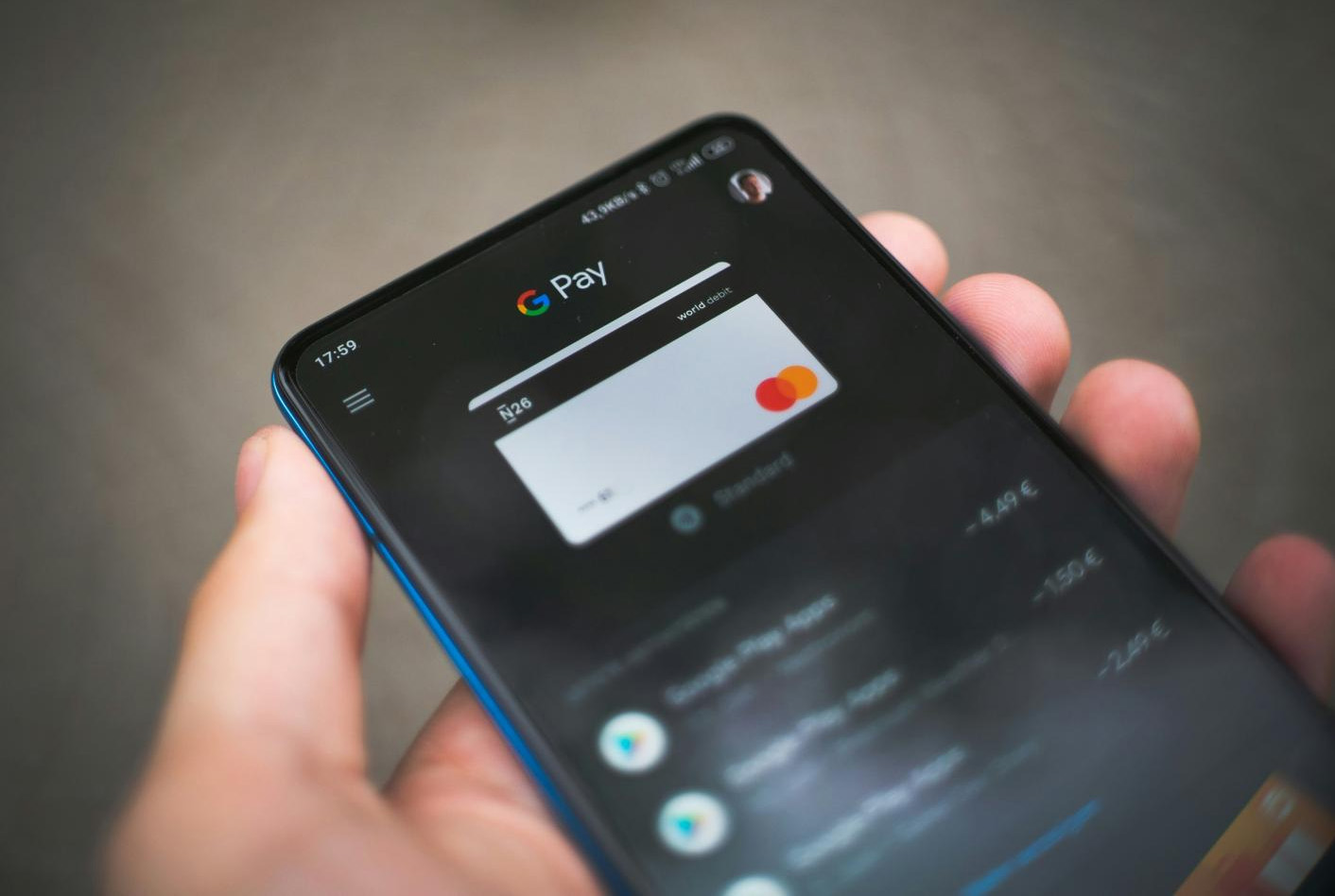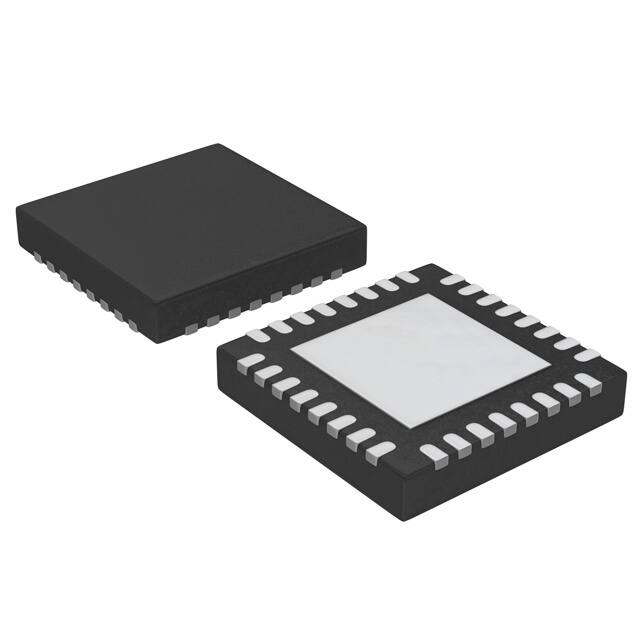
When using Samsung Pay or Google Pay, do you know which one is working, NFC or RFID? What is the difference between NFC and RFID? Is RFID and NFC the same? These questions can be quite troublesome if one does not have a clear understanding of them. This article will focus on NFC vs. RFID, explaining their meanings and respective applications! Read on to get more insights!
NFC vs. RFID: What is NFC?
To learn about NFC vs. RFID, let's first learn what NFC is.
1. NFC Explained
NFC, namely Near Field Communication, is a wireless communication protocol for data exchange between NFC-compliant devices in a short range (normally within 10 cm). It works at 13.56 MHz and supports data transfer rates of 106, 212, and 424 kbit/s.[1] The technology utilizes inductive coupling between two loop antennas for a connection.
NFC devices can operate in reader/writer, peer-to-peer, and card emulation modes. For example, in reader/writer mode, an NFC device reads data from or writes data to an NFC tag. The peer-to-peer mode expedites data exchange between two NFC-enabled devices. Similarly, card emulation mode allows an NFC device to mimic a contactless card for interaction with the current contactless infrastructure.
Additionally, there are different attempts made to safeguard the NFC data. For example, the SE (secure element) can be embedded within the device or hosted on a SIM card for secure transactions and data storage. What's more, the protocol can employ AES-128 encryption and supports secure key storage for security. Its wide implementations include HCE, which allows software applications to emulate a smart card to expand NFC's resourcefulness.
2. NFC Applications
NFC's applications range from mobile payments to smart information tags.
In mobile payments, NFC enables contactless transactions. Examples include Google Pay and Apple Pay. Such platforms use tokenization to replace sensitive card details with a unique identifier for security.
• NFC technology can allow for intelligent ticketing systems to facilitate convenient and quick passes. For instance, an NFC pass is required for fans to attend the Anfield stadium.[2] When applied to the public transport ticketing system, it cuts transaction times and enables quick tap-and-go access.
• Keyless access systems in automobiles and buildings also utilize NFC for expediency and security. NFC-enabled smartphones or key fobs may use cryptographic keys in the device's secure element to authenticate and grant access.
• Smart information tags in museums or product packaging offer contextual information and interactive experiences. E.g., NFC tags on product labels can provide product data, verify genuineness, and link to online content. In industrial settings, NFC tags can be employed for asset tracking, maintenance planning, and inventory management.
RFID vs. NFC: What is RFID?
Next, let's learn what RFID is to better understand the comparison of NFC vs. RFID.
1. RFID Explained
RFID, or Radio Frequency Identification, uses electromagnetic fields to identify and track tags on objects. Typically, the RFID system consists of the following components, which utilize radio waves to transmit signals and process data:
• an RFID reader, also called interrogator, which combines the scanning antenna and transceiver
• an RFID tag, which contains an IC, an antenna, and a substrate
• an antenna

Product shown in the picture: CLRC66303HNY
The RFID system can work in different frequency bands with a relatively wide read range, including low frequency (30-500 kHz ), high frequency (3-30 MHz), and UHF (300-960 MHz).[3]
Each range has its own preferred applications. For instance, low-frequency systems are typically used for animal tracking and access control, high-frequency systems, like NFC, are commonly utilized for electronic payments, and ultra-high-frequency systems enable long-range reading for logistics and inventory management.
Moreover, based on their power source, there are two types of RFID tags. Passive RFID tags harvesting power from the reader's electromagnetic field are cost-effective. Meanwhile, active RFID tags have their own power source and provide greater read ranges and data storage, but they may cost more.
2. RFID Applications
In the comparison of NFC vs. RFID, their applications can be quite different. RFID technology can be applied from inventory management to product authentication examinations.
• RFID technology updates inventory management with real-time data on stock levels to reduce manual counting and errors. For example, in retail, product RFID tags enable automatic inventory updates as items are moved or sold.
• RFID is also helpful for asset tracking. Attaching RFID tags to assets, like vehicles and equipment, can help access real-time data on location and usage. Examples include fleet management systems, which leverage RFID to track vehicle whereabouts, usage patterns, and upkeep agendas.
• In supply chain management, RFID improves end-to-end visibility. Tagged shipments can be tracked from manufacturing to delivery for transparency. It also provides essential information to enhance the overall supply chain efficiency.
• Product authentication is its other use. Luxury goods, electronics, and pharmaceuticals can utilize RFID tags to prevent counterfeiting. RFID tags within products can help verify authenticity through unique identifiers and encrypted data.
NFC vs. RFID: Difference Summarized
| NFC | RFID | |
| Brief explanation | A wireless technology that enables communication between two NFC-compliant devices | A wireless technology that utilizes radio waves for item identification, tracking, and management |
| Communication | Two-way | One-way |
| Range | Short | Long |
| Frequency | 13.56 MHz | Low frequency (30-500 kHz ), high frequency (3-30 MHz), ultra high frequency (300 to 960 MHz). |
Conclusion
Understanding the comparison of NFC vs. RFID can help better learn the difference between NFC and RFID and, thereby, choose the right type. AIChipLink helps OEMs, ODMs, and CMs source different types of electronic components, including RFID tags and antennas. The greatest part is that AIChipLink collaborates with 3000+ electronic component manufacturers and has more than 4.9 million in-stock products. Our professional expertise can ensure you get the high-quality and cheap electronic parts you need. Contact AIChipLink today to see our latest products for you!
Reference Link:
[1] Spiceworks/ 2022, "What Is NFC (Near Field Communication)? Definition, Working, and Examples". Available at: https://www.spiceworks.com/tech/networking/articles/what-is-near-field-communication/ (Accessed on July 26, 2024)
[2] Liverpool Football Club, "ACCESSING THE STADIUM USING NFC TECHNOLOGY". Available at: https://www.liverpoolfc.com/nfc-guide (Accessed on July 26, 2024)
[3] Tech Target, "RFID (radio frequency identification)". Available at: https://www.techtarget.com/iotagenda/definition/RFID-radio-frequency-identification (Accessed on July 26, 2024)
Written by Jack Zhang from AIChipLink.
AIChipLink, one of the fastest-growing global authorized electronic component distributors in the world, offers millions of products from thousands of manufacturers. Whether you need assistance finding the right part or electronic components manufacturers for your design, you can contact us via phone, chat or e-mail. Our support team will answer your inquiries within 24 hours.














